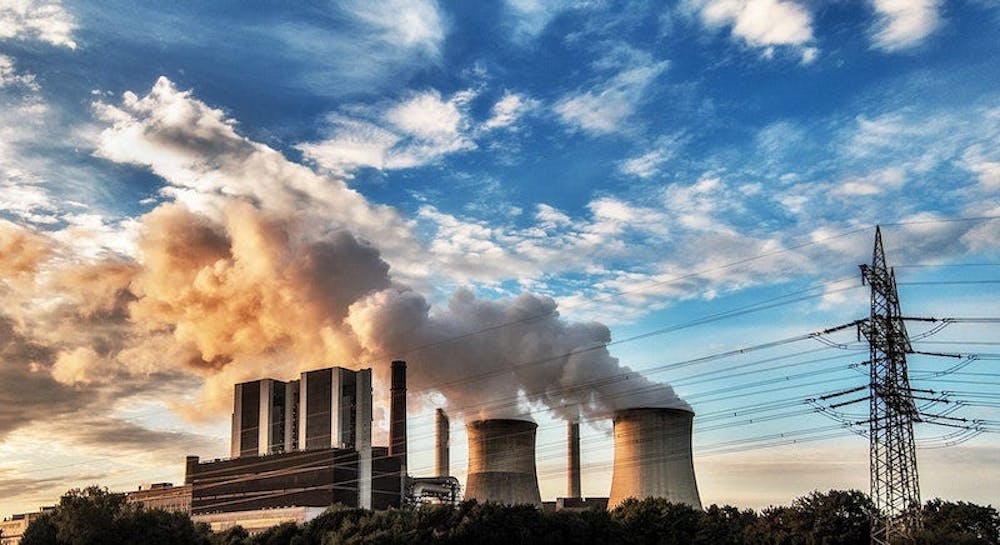Contemporary scientists have been addressing the ever-pressing problem of carbon dioxide (CO2) emissions through carbon capture and storage, which captures, transports and stores CO2 produced by power plants and factories deep underground. A team led by Anthony Shoji Hall, an assistant professor in the Department of Materials Science and Engineering, recently took emissions reduction efforts one step further. Hall and his team transformed atmospheric CO2 emissions into useful chemical energy that is sustainable and beneficial to the environment. Their work was recently published in Nature Catalysis.
The team collected CO2 from the atmosphere and converted CO2-saturated water to molecules with higher utility values such as ethylene, which is a precursor of plastics and important to the manufacturing sector, and chemical fuels like ethanol. To accomplish this, the team implemented an electrochemical process called CO2 reduction — converting CO2 to other chemicals using electricity — which may yield ten different chemical products simultaneously.
However, producing one target chemical in sufficient quantities is more efficient and convenient than producing ten irrelevant chemicals in smaller quantities. Therefore, Hall’s team focuses on designing systems to control the reduction process, resulting in one product or one product in much larger quantities than the others.
To achieve this objective, Hall added water to reduce CO2 from the atmosphere. He explained why water was chosen for CO2 reduction. Water is a clean source of protons compared to other organic solvents that may be toxic and difficult for waste processing and disposal. Protons in water also control the reaction rate. For example, proton-dependent reactions can be suppressed by decreasing the amount of protons. Water (H2O) donates protons by decomposing into hydrogen ions (H+) and hydroxide (OH-).
In an interview with The News-Letter, Hall explained that the decomposition of water provides a proton, H+, that can be used to selectively control for the type of reaction that occurs, its products and its reaction rate.
“Water is ubiquitous and represents the most common solvent being used in electrochemistry, but people do not understand how water influences electrochemical reactions and how to tune the properties of water to change reactions,” he said.
One real-life application of Hall’s research lies within the electric vehicle industry. A fuel cell electric vehicle derives energy from hydrogen and does not generate dangerous tailpipe emissions, which is an important advantage over traditional cars with internal combustion engines. CO2 reduction further enhances this advantage because it can produce chemical fuels from which the fuel cell can draw energy.
“Rather than getting the chemical fuel from a petroleum-derived source, it would be even cleaner, more renewable if you are able to convert CO2 to chemical fuels like ethanol and ethylene, and then use that chemical fuel later on with fuel cells,“ he said.
Reducing carbon emissions by collecting CO2 from the atmosphere contributes to the ongoing fight against climate change. The atmospheric CO2 concentration of the Earth has exhibited sustained increases over the past years, and NASA indicated that current CO2 concentrations sit at a striking 47% increase from the start of the Industrial Age. Fortunately, research efforts by Hall and other scholars in the field can help mitigate reverse this trend for the betterment of the global climate and human health.





